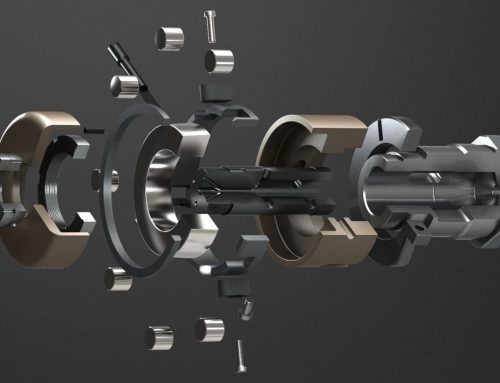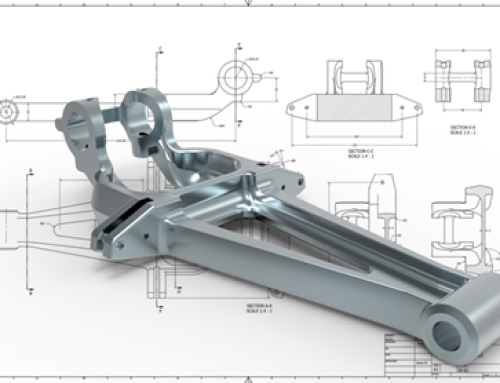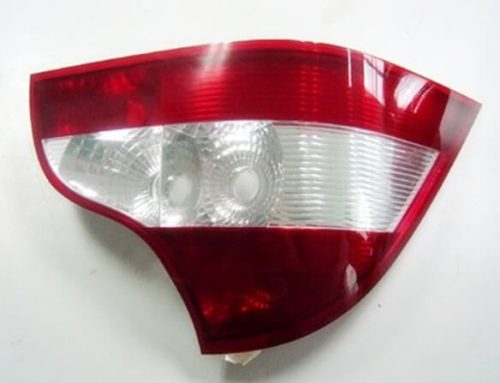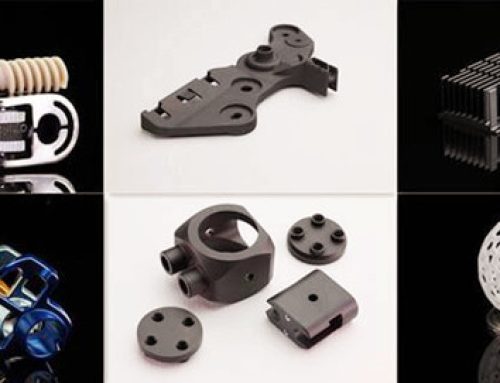Speed, efficiency, and cost-effectiveness rule the competitive product development scene of today. Enter Design for Manufacturing (DFM), a crucial approach that combines early in the design process manufacturing concerns to streamline manufacturing, lower costs, and raise product quality. DFM guarantees that your product—a smartphone, an automobile component, a medical device—is not only practical but also reasonably affordable and practicable to manufacture.
We will discuss the fundamental ideas, goals, and useful applications of DFM in this all-inclusive book, clarifying why it is a game-changer for engineers, manufacturers, and product designers equally.
What is Design for Manufacturing (DFM)?
Design for Manufacturing (DFM) is the technique of designing products such as to maximize their manufacturing feasibility. Early on in the process of product design, it is crucial to consider production constraints and capacities so that the intended manufacturing techniques may be used with efficiency.
DFM integrates manufacture from the beginning instead of leaving it to be addressed post-design; this results in fewer redesigns, less waste, and quicker time to market.
Why DFM Matters More Than Ever
While allowing customization and technical innovation, today’s markets expect faster lead times, cheaper costs, and better quality. DFM tackles these issues directly by:
- Cutting manufacturing costs
- Reducing design repetitions and rework
- Time-to—market enhancement
- guaranteeing improved quality and performance of products.
- Matching manufacturing teams with engineering ones
Early DFM investments usually pay off for companies who want higher ROI, simplified development schedules, and less shocks during manufacturing.
Key Principles of Design for Manufacturing
Although DFM differs depending on the sector and the kind of product, many universal concepts direct the strategy:
-
Minimize Part Count
Reducing the number of individual components lowers manufacturing time, simplifies assembly, and lessens the possibility of assembly mistakes. Fewer components translate into fewer things that might fail.
Tip: Combine parts wherever you can, particularly if they do not move relative to each other or serve separate purposes.
-
Standardize Components
Standard parts can cut lead time, cost, and complexity by replacing specialized ones. Often, more dependable and easily available are standard fasteners, connections, and sub-assemblies.
Example: Unless absolutely necessary, choose off-the-shelf screws and fittings rather than custom-designed fasteners.
-
Design for Ease of Fabrication
Select forms, components, and easy-to-machine, mold, stamp, or 3D print materials. Steer clear of too complex geometry unless absolutely necessary for the purpose.
Considerations:
- In sheet metal, use basic cuts and bends.
- Steer clear of CNC-machined parts’ tight interior edges.
- Guarantee draft angles in manufactured objects
-
Simplify Assembly
Create goods with easy, fault-free assembling. Where practical, cut the assembly processes and let automated assembly take place.
Design Tips:
- Use symmetry to ease orientational problems.
- Make components self-fasteners or self-locating.
- Wherever you can, substitute snap fittings or tabs for screws.
-
Design for Tolerances
Knowing the manufacturing technique will help you to specify the appropriate tolerances. Tight tolerance over-specification increases machining time and expense needlessly.
Tip: Apply strict tolerances just to important elements influencing performance or functionality.
-
Consider Material Availability
Choose materials that not only fit the purpose but are also easily available and compatible with your manufacturing technique. When at all feasible, consider environmental impact and recyclability.
-
Plan for Testing and Inspection
Design elements allow simple testing, maintenance, and inspection. This guarantees maintenance of quality control without upsetting manufacturing flow.
Objectives of Design for Manufacturing
DFM addresses a broad spectrum of product development concerns rather than only cost-cutting:
-
Enhance Manufacturability
Designing with the production process in mind guarantees that components may be readily produced free from unanticipated difficulties. This lowers risk and sharpens predictability.
-
Improve Product Quality
DFM reduces the possibility of flaws and increases dependability by streamlining assembly and guarantees correct fit and tolerances.
-
Reduce Time to Market
Faster product introductions follow from faster assembly and fewer design revisions. Early manufacturing considerations help cut expensive delays.
-
Minimize Production Costs
Better bottom line directly results from careful material utilization, less labor time, and less tooling expenses.
-
Optimize Resource Usage
Early production planning helps businesses efficiently distribute supplies, machinery, and personnel.
-
Ensure Regulatory Compliance
DFM can help ensure that products meet production criteria and certifications in highly regulated sectors, including aerospace and medical equipment.
Industries That Benefit Most from DFM
Although almost every industry with manufacturing concentration gains from DFM, it is especially important in:
-
Automotive
DFM is used by automakers to facilitate modular assembly methods, simplify mass production, and lower recall risk.
-
Aerospace
In aircraft, complexity, performance, and precision are absolutely vital. DFM facilitates the alignment of designs with modern materials, lightweighting targets, and rigorous tolerances.
-
Consumer Electronics
DFM makes small, elegant devices affordable and easily assemble in large quantities.
-
Medical Devices
DFM is vital in the medical area since it guarantees sanitary, dependable products and complies with legal regulations.
-
Industrial Machinery
DFM is vital in the medical area since it guarantees sanitary, dependable products and complies with legal regulations.
Common DFM Techniques and Tools
DFM is supported in the current product design by strong tools and systems that simplify engineering and production cooperation:
-
DFM Analysis Software
Early in the design process, programs like SolidWorks DFMXpress, Siemens NX DFMPro, and Autodesk Fusion 360 help find manufacturing problems.
-
Simulation and Prototyping
Before final manufacture, virtual simulations and fast prototyping—using 3D printing or CNC machining—allow functional testing and manufacture inspections.
-
Collaboration Platforms
CAD-integrated systems and PLM (Product Lifecycle Management) help to facilitate flawless communication between design and production teams.
Best Practices for Implementing DFM
To get the most out of DFM, follow these best practices:
- Early involvement of manufacturers helps to avoid design problems by means of supplier and manufacturer cooperation.
- Utilize design checklists: A DFM checklist facilitates remembering important factors by designers.
- Iteratively review designs: Frequent design reviews with manufacturing teams help to minimize later expensive adjustments.
- Coach your group. Make sure engineers know the limits and possibilities of manufacturing techniques.
- Analyze trade-offs: The perfect answer is not necessarily the least expensive; balance cost, quality, and manufacturing feasibility.
Real-World Example: DFM in Action
Assume for the moment you are constructing a plastic enclosure for a smart thermostat. The design requires several fasteners and features sharp inside edges initially. Via DFM, you choose to:
- Add draft angles to enable injection molding.
- Replace screws with snap-fit joints.
- Simplify the geometry to reduce the number of molds required.
The outcome is a component with lower assembly time and improved durability, which is simpler and less expensive to manufacture.
Final Thoughts
Modern product development depends on Design for Manufacturing (DFM), which is no longer optional. Early inclusion of DFM concepts into the design process helps businesses to reach high-quality solutions, reduce costs, and speed development.
DFM provides a strategic advantage that helps engineering inventiveness align with manufacturing reality as products become more complex and production cycles become tighter.
Applying DFM guarantees that your ideas succeed on the manufacturing floor, not only on paper, whether your design is for CNC machining, injection molding, or Prototype.




